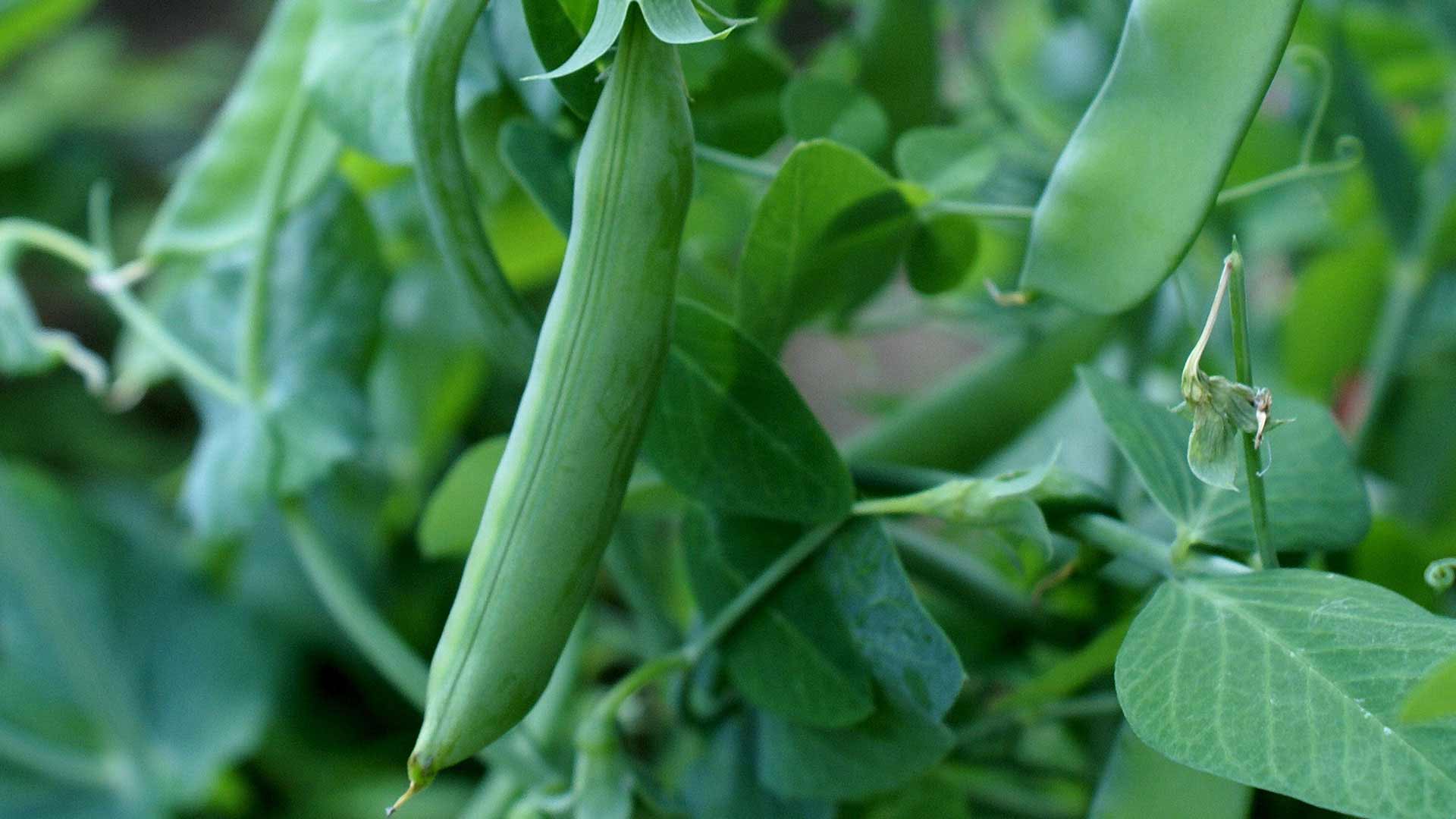Extending Your Pea Harvest into the Warmer Months

Follow these practices to extend your pea harvest into the warmer months.
Harvest regularly. Harvest pea pods regularly, every day or every other day, to encourage production of new pods and maximize yield from peas over a possible bearing period of weeks to months. Pea plants may produce few new pods while maturing seeds in existing pods.
Check plants carefully to avoid allowing any pods to stay on pea plants. As with all annual vegetables, the life cycle of pea plants is based on reproduction (blooming then setting seeds). If pods are allowed to persist on plants until the seeds are fully mature, the plant may stop producing, decline, and die. If you allow the first dozen or two pods to mature and develop seeds, that may exhaust the plant and become your entire harvest; whereas, if you harvest all pods when young, a pea plant may continue to produce consistently for 2 to 3 months or longer. Allowing a few pods on a given plant to go unharvested, such as those hidden among weeks or in another out-of-sight area, may reduce yield and shorten the harvest period.
Consume quickly after harvest. Peas may quickly lose flavor and sweetness at maturity, during hot weather, and within hours to days after being harvested, as sugars in the pods and seeds turn to starches. They are best used or preserved immediately after harvest. Even 2 or 3 days of hot weather may negatively impact the flavor of peas. Older pods become tougher and stringy, with less sweetness and flavor, to the point that pods become inedible and the less-flavorful peas may need to be shelled to be eaten.
Provide shade during warm weather. Production of pods may decline significantly or stop at high temperatures. Provide shade on warm-to-hot days to encourage peas to produce for a longer period.
To view complete instructions for growing snap and snow peas, go to GardenZeus and enter your zip code; then go to snap and snow pea. To view ideas for shading vegetables, see GardenZeus Tips for Shading Vegetables During Hot Weather.